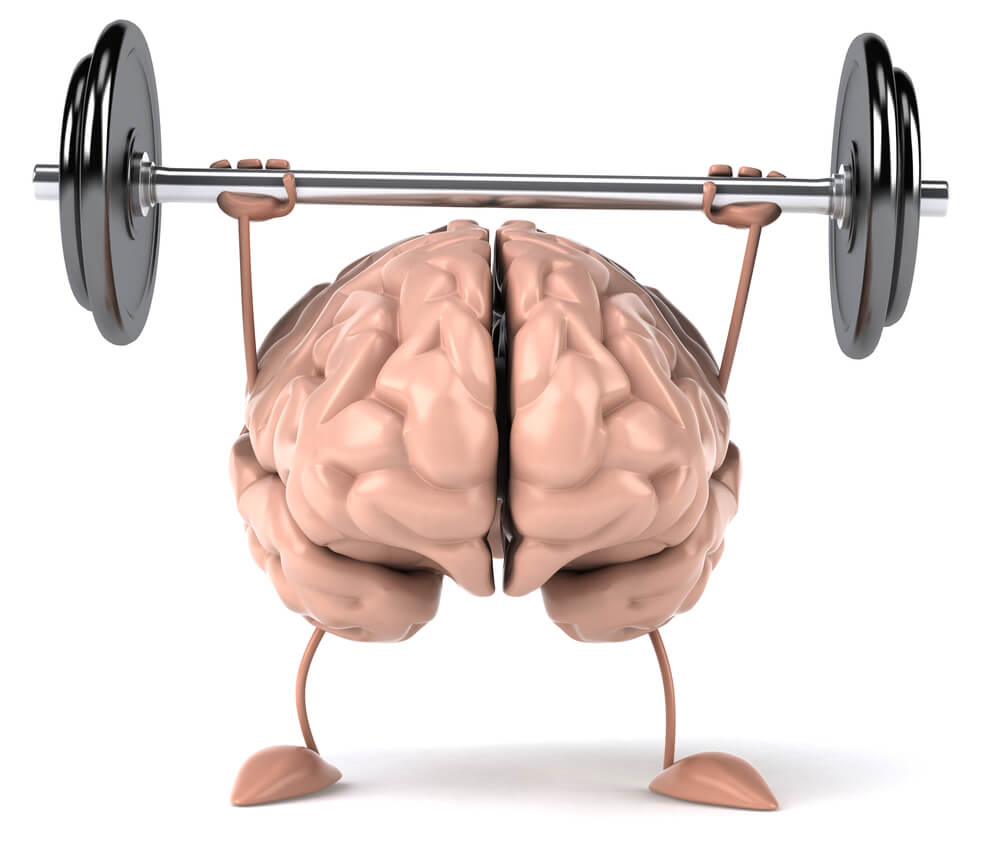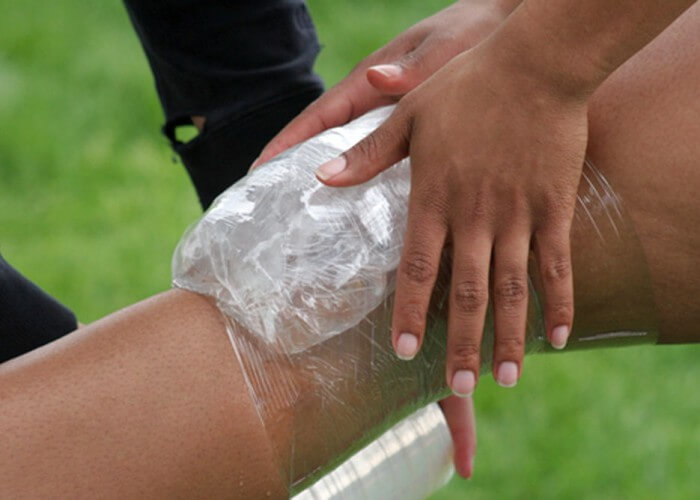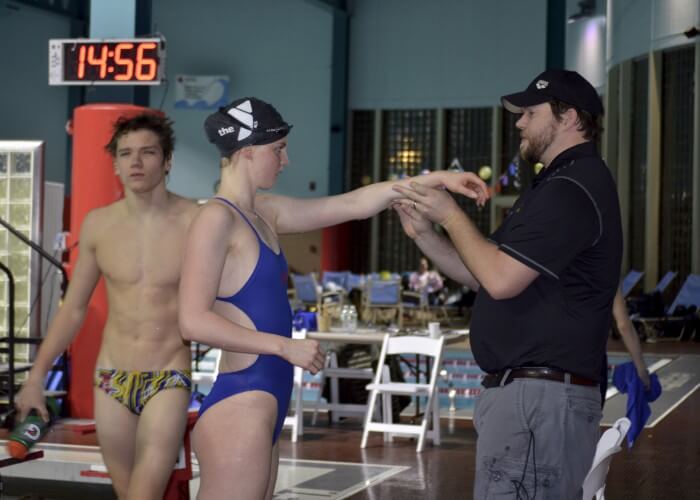What Hurts More: My Brain or My Body?

By Olivia Wile, Swimming World College Intern.
In a sport that’s arguably 90 percent mental and 10 percent physical, competitive swimming poses plenty of challenges to the brain. With an arguably year-round season, however, swimming also has its physical challenges including the potential for injuries. According to the NCAA, “Injuries, while hopefully infrequent, are often an unavoidable part of sport participation.”
As frustrating as they can be, injuries get even more complicated when the brain begins to hinder the body’s recovery process. Acute pain won’t necessarily cause the brain and nervous system to sabotage the body, but when pain starts to linger, more problems can surface.
Acute vs. Chronic Injuries

Photo Courtesy: Flickr
There are major differences between how the human body processes pain with acute versus chronic injuries, especially when it comes to the brain’s response.
According to the National Institute of Health, an acute injury typically occurs suddenly when practicing or competing. A chronic injury, however, develops over a longer period of time. In competitive swimming, repetition and fatigue can lead to compromising good technique both in the pool and in the weight room.
Some of the most common overuse injuries in swimming include inner knee and hip problems – typically from breaststroke kicking – and back injuries from dolphin kicking, dry-land, or weight training (as stated by The American Orthopedic Society for Sports Medicine).
Additionally, the duration of pain is another distinguishing factor between acute and chronic pain. An injury can be considered chronic after lasting up to 12 weeks or longer; this is when it has the potential to impact the brain.
Brain vs. Body
According to Dr. Ben Bobrow, MD, there is more and more evidence to support that chronic pain can alter brain structure and function. Chronic pain has been shown to affect the nervous system even after the original cause of the pain is gone. Think of this as the brain’s defense mechanism for protecting the body. It has experienced pain for so long, that even well after the initial injury is healed, it has become hypersensitive to any sort of pain in the area. This is simply to protect the body from re-injury.
The bottom line is that the brain isn’t sabotaging athletes on purpose: it’s doing so to protect them. Though the restructuring of the brain during a chronic injury may sounds alarming, it could be the explanation for some of an athlete’s long-term lingering pain.

Photo Courtesy: Grace Schwiederek
Potential Solutions
Though none of these methods can outright cure an injury nor have been scientifically proven to alleviate chronic pain completely, they can be helpful remedies to distract the brain.
The first is a Transcutaneous Electrical Nerve Stimulation (TENS) unit. This method works to treat pain by sending a tingling sensation that can distract the nervous system from chronic pain. It can trigger the brain to reevaluate the body’s actual pain. This treatment is used during physical therapy and is available for purchase in drug stores.
Another way to potentially ease chronic pain is by using Icy Hot or an alternative topical cream. These creams contain the active ingredient menthol or methyl salicylate. These ingredients cause both cooling and warming sensations that can block pain signals from being sent to the brain, therefore distracting it from pain.
Ultrasound therapy is another method used to treat chronic pain. Ultrasound therapy – different than a diagnostic ultrasound – can be used as a heat agent and vibration agent. Similar to the TENS, this method is used in physical therapy to temporarily appease pain.
As none of these methods can magically heal an injury, they do have the potential to distract the brain from lingering, chronic pain. Sometimes it can be hard to decide which needs more TLC – the brain or the body.
All research was conducted by the author and does not necessarily reflect the views of Swimming World Magazine nor its staff.



